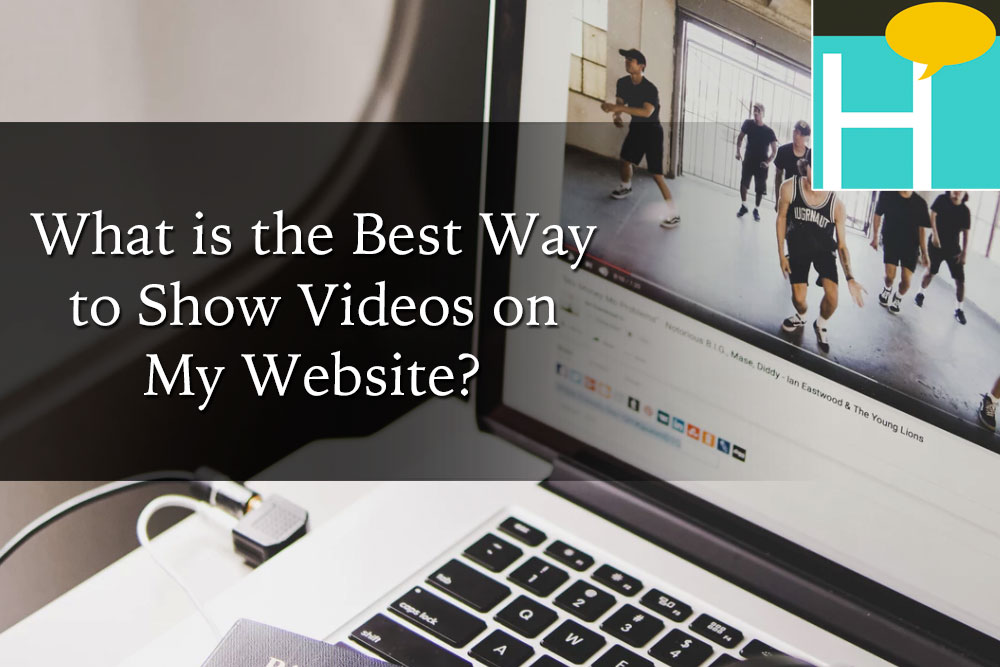
Not every visitor to your website wants to browse your content the same way. Some people are "readers," and they gravitate toward text-heavy websites that allow them to visually scan the content, stopping to read when they find something of interest. Other web visitors may be more attracted to pictures and video, making an emotional connection to your content based on what they see and - in the case of video - hear.
We believe the best websites find a way to incorporate text, images and video, appealing to all the different types of visitors to the site.
One question we often get from clients - what's the best way to show videos on my website? Should I upload the video file directly to a page? Or should I use a third-party streaming service like YouTube or Vimeo?
Our answer: let the third-party streaming services do all the work for you. There are several reasons why.
1. Accessibility. Let's say you have a mov or wmv video file that you'd like to post on your website, so you upload that video file directly to your web page. But if I am a site visitor, I'll need to have specific, compatible video software installed on my computer to view your video. The same is true for smartphone users. So for a large portion of your audience, you've just introduced a barrier to accessing your content, and most web users aren't going to download new software just to watch your latest creation. They're going to move on, which may be a missed opportunity for you.
By contrast, online web streaming services like YouTube and Vimeo will convert many different types of video files into a format that can be streamed and viewed by nearly all web visitors. There is no software for the web visitor to download - they can click and view your video right away.
2. Storage Space and Bandwidth. Video files can be quite large, and if you're uploading them directly to your website, they may eat up a significant amount of your server storage space and allotted bandwidth. If you have a lot of images and videos, you may find that your limits are quickly reached, and you have to pay higher fees for more space to house all these large files.
But when you use a third-party web streaming service, that third party server stores and hosts the video, keeping your site lean and clean.
3. But I don't want to send my visitors to YouTube! I want them to stay on my site! No worries. Most web-streaming services like YouTube and Vimeo offer embed codes, allowing you to embed your streaming video directly on your web page. Site visitors can watch the video without ever leaving your site, giving them a seamless viewing and browsing experience.
In summary, using a third-party web streaming service allows these services to do all the heavy lifting of file conversion and storage, while you still get all the advantages of having video content on your website.
If you have any questions about how best to incorporate video into your website, let's talk.

